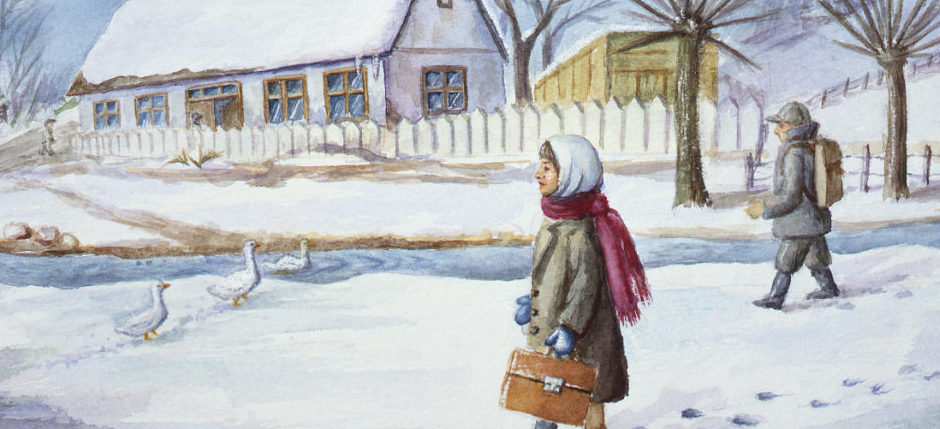This project was undertaken by the Native American Tule River Tribe in California, together with an anthropological consultant, Dr. Gelya Frank, and a team of her occupational therapy graduate students from the University of Southern California to preserve the tribe’s history. Tribal members reported the transmission of memory from older to younger generations, the fostering of a comfortable and supportive sharing environment, and the strengthening of community identity (436-439). The tribe counted 1500 enrolled members, including 500 off the reservation, and 118 tribal elders older than 55.
Researchers stress the importance of history recording activity to indigenous well-being. Historical preservation had been a tribal goal since the 1970s, realizing the need for creating a ‘narrative of self-representation.’
Researchers stress the importance of history recording activity to indigenous well-being. Historical preservation had been a tribal goal since the 1970s, realizing the need for creating a “narrative of self-representation” (432). The discipline of occupational therapy develops treatments based on the special needs of a patient, whether an individual or a community. It aims to “enhance wellness through meaningful, purposeful activity” (431). In this non-medical setting, the project was designed to meet tribal goals. Activities of the tribal members encompassed creating family trees, digitizing and indexing family photographs, involving family members in videotaping and transcribing interviews with elders, videotaped group sessions that related to tribal history, and the launching of a tribal history website.
This professional intervention was requested by the tribal community, and an evaluation of the project was performed by a social psychologist. The tribal history project became a site for intergenerational interaction. It resulted in increased awareness by youths of tribal history and greater knowledge of family and inter-family relations. This was a twelve-week project that can serve as a model for recreating history in other post-genocide settings.
The tribal history project became a site for intergenerational interaction.
Citation: Frank, Gelya, Shelia Murphy, Heather Kitching, Duane M. Garfield, Sr., and Nancy McDarment, “The Tule River Tribal History Project: Evaluating a California Tribal Government’s Collaboration with Anthropology and Occupational Therapy to Preserve Indigenous History and Promote Tribal Goals,” Human Organization, 2008, vol. 67, No.4, 430-440.
Citation: Frank, Geyla, Heather Kitching, Allison Joe, Colleen Harvey, Rani Bechar, Amber Bertram, Jeanine Blanchard, and Jaynee Taguchi- Meyer, “Postcolonial Practice in Occupational Therapy: The Tule River Tribal History Project.” in A Political Practice of Occupational Therapy. eds. Nick Pollard, Dikaios Sakellariou, and Frank Kronenberg, 1st ed., Edinburgh: Churchill Livingstone/Elsevier, 2009, pp. 223-34.
See also, Frank, Gelya, and Bernard Austin Kigunda Murithi, “Theorising Social Transformation in Occupational Science: The American Civil Rights Movement and South African Struggle against Apartheid as ‘Occupational Reconstructions,’ South African Journal of Occupational Therapy, vol.45, No.1, 2015, 11-19.
Frank, Gelya, and Carole Goldberg. Defying the Odds: The Tule River Tribe’s Struggle for Sovereignty in Three Centuries. New Haven: Yale University Press, 2014

